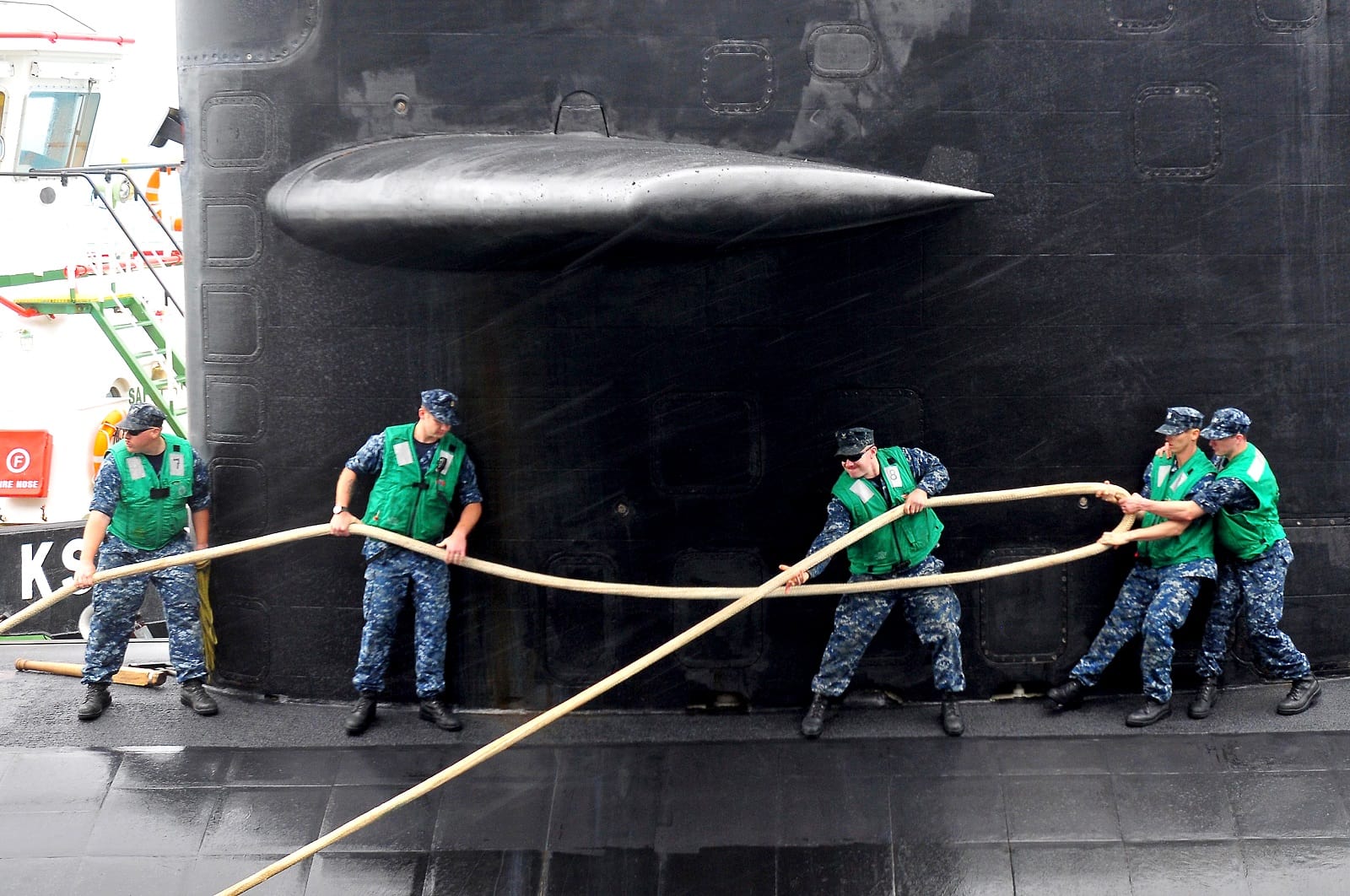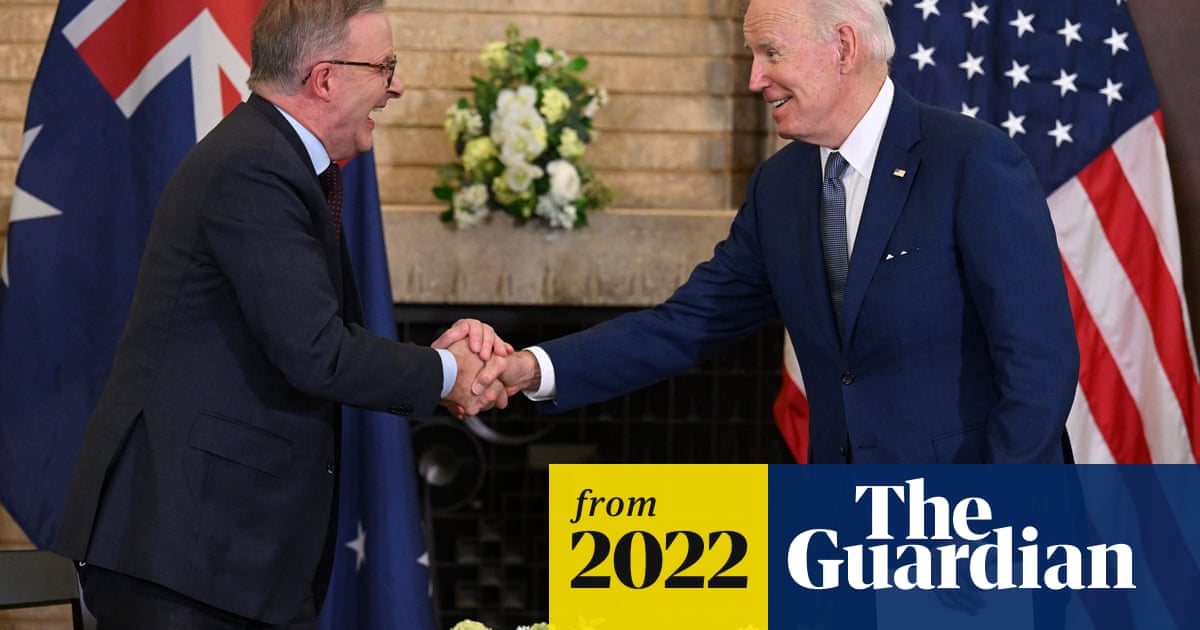The biggest plus I can see for RAN SSNs, be they Virginias of some description or a new UK/US design, is the life of type reactor. For the firat time ever no Australian government will be able to delay replacement or life extend until useless an RAN submarine fleet. The only choices will be replace before the end of life or lose the capability.
Also, no more skimping on maintenance, no more refusal to listen to experts, the government will do as they are told, or the US and UK takes their bat and ball and goes home. It will be a new experience for Australian politicians, working with an industry and service they don't control and can't bully.
I agree with the sentiment here but it's a bit naive. We both know that if the mood takes them the Australian govt will mothball or cancel boats, possibly with no notice.
If there were an accident or a radiation leak during construction, if there was some blow up with the IAEA and public opinion turned against them, the whole program could be put in jeopardy. Hell, they might have to debate the necessity of nuclear subs in the Australian Parliament (something they haven't actually done yet).
And of course, the whole point of LOS reactors is to reduce maintenance. You seal them in a box and monitor the chemistry in the primary cooling loop for 30+ years hoping and praying there weren't errors made during construction that lead to problems requiring it to be cracked open again (looking at you
SSN-783 Minnesota). So going with LOS reactors actually makes it easier to skimp on maintenance.
Have a look at that FAS article I linked to earlier on
why the French went with LEU reactors, it's quite educational.
Also:
the government will do as they are told, or the US and UK takes their bat and ball and goes home.
Sovereignty, complete control of major Australian defence assets again, blah, blah, blah.

 www.afr.com
www.afr.com



